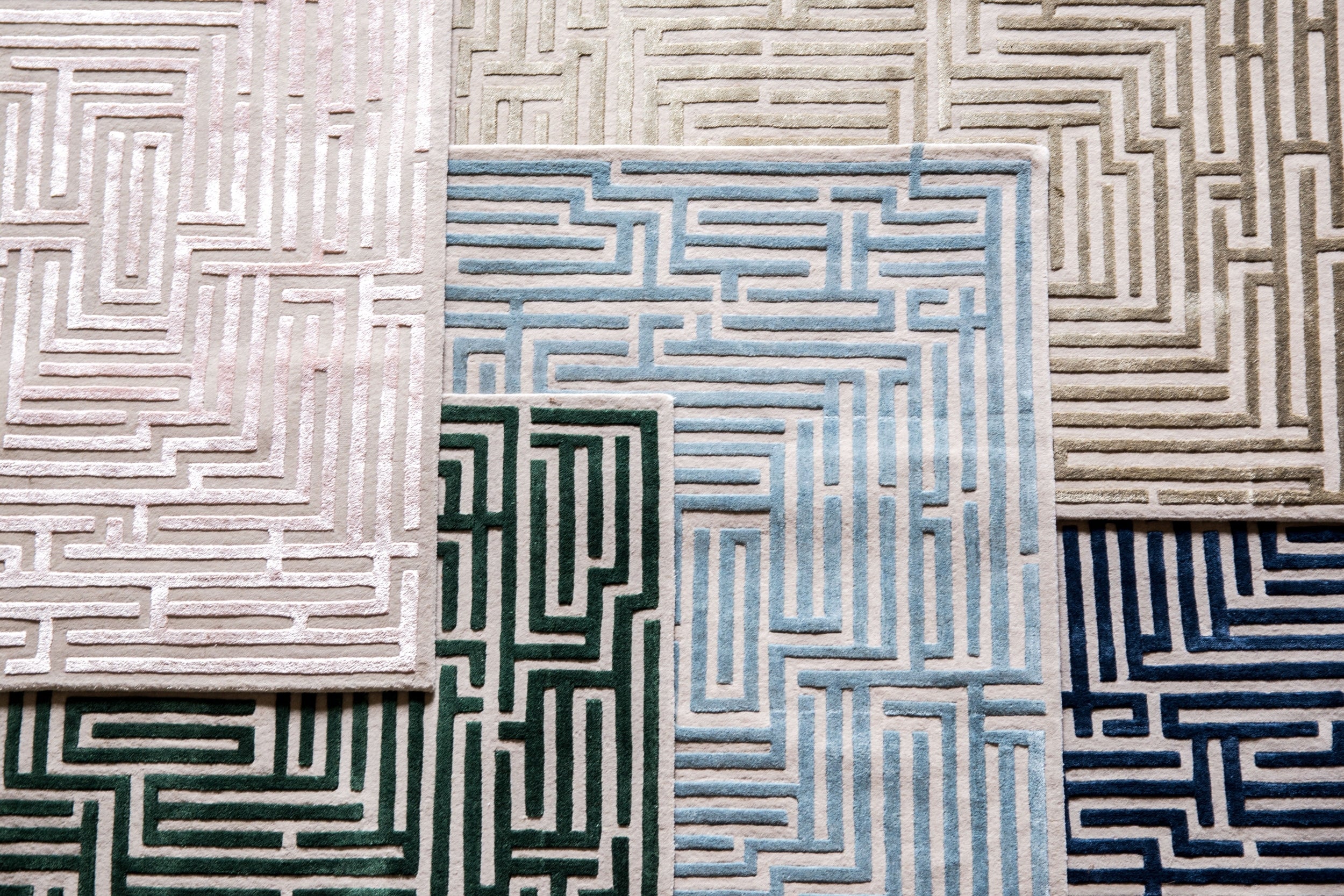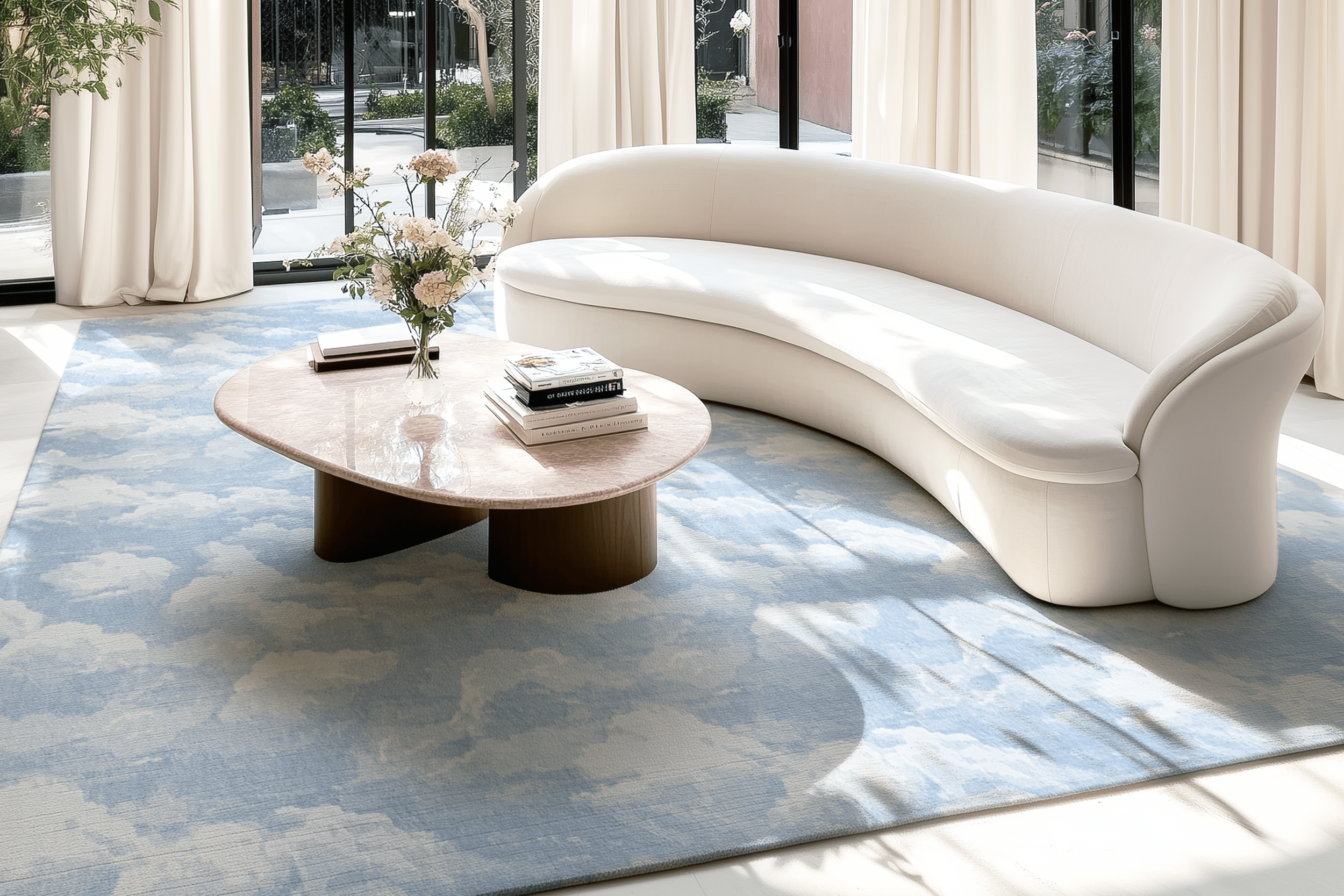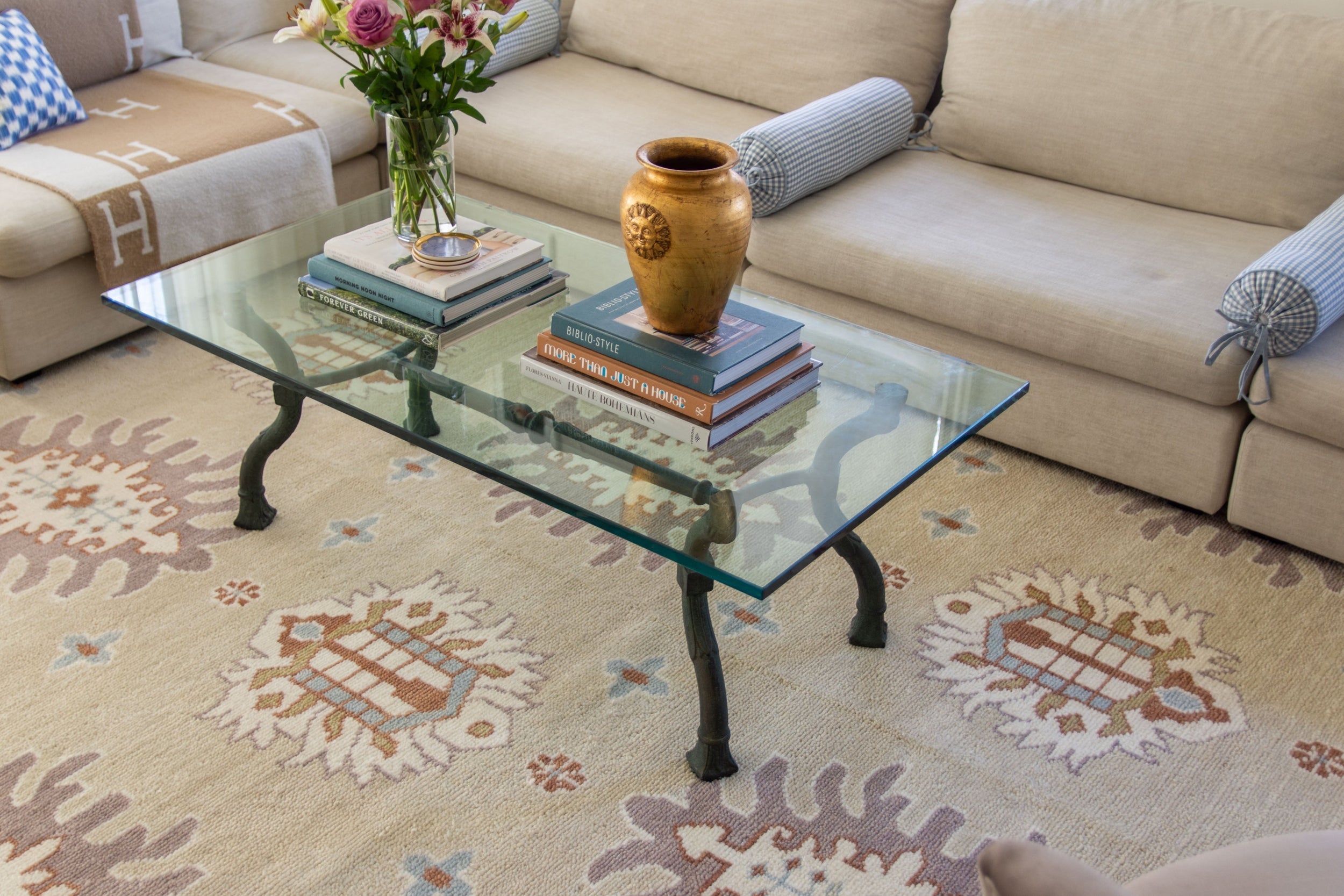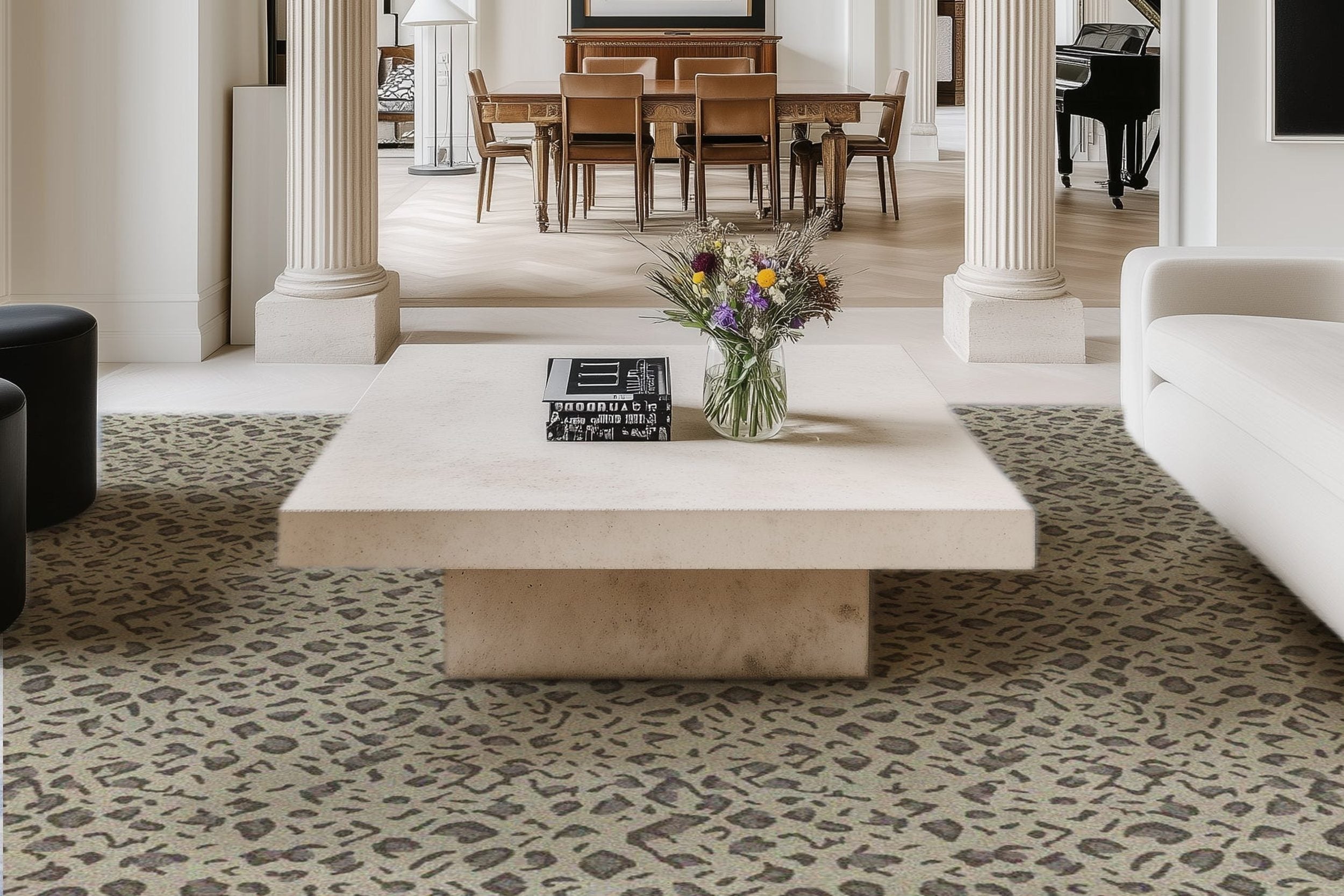6 Ways Roof Health Influences Interior Comfort and Safety
When it comes to maintaining a comfortable and safe home, the health of your roof plays a crucial role. A well-maintained roof not only protects your interiors from the elements but also contributes to energy efficiency and overall comfort. This post is going to explore how roof health directly impacts your living environment and why it's essential to prioritize regular inspections and maintenance.
Temperature Regulation
A healthy roof is vital for effective temperature regulation within your home. Montgomery County homeowners are told by their roofing contractors in Fairland how Insulation and ventilation are key components that prevent heat accumulation in the summer and heat loss in the winter. If your roof is damaged or has insufficient insulation, it can lead to fluctuating indoor temperatures, making your HVAC system work harder. This not only impacts comfort but also increases energy bills.
To improve roof health for better temperature control, consider upgrading insulation, ensuring proper ventilation through ridge vents or soffit vents, and addressing any leaks or damage promptly. Regular inspections can identify potential issues early on, allowing you to make necessary repairs and enhancements, ensuring your home remains a comfortable haven throughout the changing seasons.
Moisture Control
The health of your roof significantly influences moisture control within your home. A compromised roof can allow water infiltration, leading to dampness and mold growth, which can adversely affect indoor air quality and pose health risks. Proper roof maintenance, including ensuring shingles are intact and seals around vents and chimneys are well-preserved, can mitigate these concerns. To enhance moisture control, regularly inspect gutters and downspouts to prevent overflow and ensure efficient drainage.
Plus, consider installing a moisture barrier in attics and crawl spaces to block the entry of vapor. If leaks are detected, prompt repairs not only protect your home’s structure but also preserve its air quality, making your living environment healthier and more comfortable. Prioritizing these steps can significantly reduce moisture-related issues and enhance overall indoor comfort.
Structural Integrity
A roof can affect your structural integrity in a lot of ways. If it's not healthy, here are the consequences you could expect:
- Foundation issues
- Load distribution
- Water damage
- Quality of construction materials
- Pest infestations
- Environmental factors
- Poor workmanship
- Design flaws
- Aging and wear
- Overloading
- Vibrations and seismic activity
- Inadequate maintenance
A healthy roof protects the home from water damage and secures the load distribution across the framework. Poor roofing conditions can lead to issues such as foundation problems and pest infestations, weakening the overall structure. Further, compromised roofs may allow environmental factors to exacerbate wear and tear, resulting in costly repairs. Regular inspections and timely maintenance are critical to preventing these structural challenges and ensuring a safe living environment.
Pest Prevention
A damaged or poorly maintained roof can create entry points for rodents, insects, and other pests, leading to infestations that threaten not only your home's integrity but also your family's health. Gaps, holes, and deteriorated flashing provide ideal access for these unwanted guests.
To improve roof health and enhance pest prevention, conduct regular inspections to identify and repair any damage promptly. Ensure that eaves and soffits are sealed tightly, and install screens where necessary to block entry. What's more, maintain tree branches away from your roof and gutters to limit pathways for pests. By prioritizing roof maintenance, you can create a less inviting environment for pests, ensuring a safer and more comfortable home.
Fire Safety
A compromised roof can facilitate the rapid spread of flames and embers. Materials that are worn or deteriorating may ignite more easily, increasing the risk of a devastating fire. Also, overhanging branches and flammable debris in gutters can also pose significant hazards.
To improve roof health and enhance fire safety, consider using fire-resistant materials for roofing replacements or upgrades. Regularly trim tree branches to prevent them from contacting the roof and ensure gutters are clear of debris. Implementing a routine inspection schedule can help identify vulnerabilities early, allowing for timely repairs and modifications that protect your home from wildfire threats and unexpected fire incidents.
Air Quality and Ventilation
A compromised roof can lead to issues such as mold growth and accumulated moisture, both of which can deteriorate air quality and lead to respiratory problems. Insufficient ventilation in the attic can trap heat and humidity, worsening these conditions.
To enhance air quality, ensure your roofing system includes adequate ventilation options, such as ridge vents, soffit vents, or turbines, which allow for proper air exchange. Regularly inspecting and cleaning these vents can prevent blockages that restrict airflow. Furthermore, maintaining a well-sealed roof protects your home from external pollutants, contributing to a healthier living environment. Prioritizing these measures enables better air quality and comfort throughout your home.
In conclusion, prioritizing your roof's health is essential for maintaining comfort and safety in your home. Regular inspections and timely maintenance can prevent issues that affect temperature regulation, moisture control, structural integrity, pest prevention, fire safety, and air quality. By taking proactive steps, you ensure a secure and enjoyable living environment for you and your family.
Browse by Category

Design Projects
Explore interiors from client work and personal renovations — layered, livable, and always in progress.
read more →
Collaborations
From product launches to styled spaces, discover the brand stories I’ve helped bring to life.
read more →
The Notebook
A growing archive of iconic designers, inspiring artists, and unforgettable design moments.
read more →
Travel by Design
Wander with a designer’s eye — from charming hotels and city guides to visual inspiration abroad.
read more →





